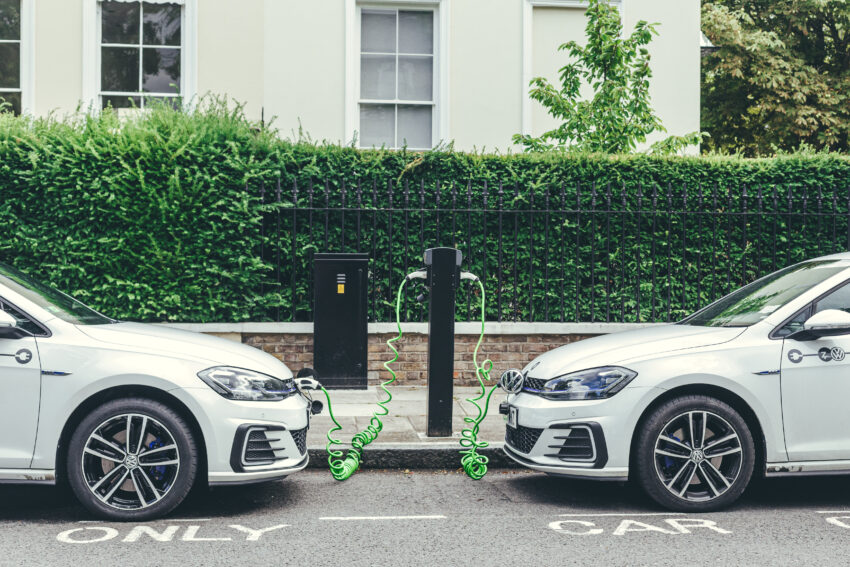EV range advances are driving consumer confidence
The improve range of electric vehicles is helping to tackle consumer anxiety, according to research from Volkswagen Financial Services UK.
With more than 140 diverse types of plug-in vehicles to choose from, and many more on the cusp of being launched, there has been a 15-fold increase in the choice of electric vehicles since 2011.
However, as EV ranges have advanced, research conducted by Volkswagen Financial Services UK shows that ‘range anxiety’ – when drivers fear electric vehicles will not travel far enough on a single charge to get them where they need to go – has now been replaced by .charging anxiety’.
This translates into worries that the current public charging infrastructure is not sophisticated enough to alleviate driver uncertainties when they are contemplating longer journeys across the nation.
But, according to data from Zap-Map, there are now far more charging locations (20,534) than petrol stations (8,378) in the UK. At the end of August 2022, there were 33,996 EV charging points across the UK, representing a 34% increase in the number of charging devices since August 2021.
Whatever the source of their worries, consumers need reassurance that EV ranges are indeed accelerating and that they can be comparable, in time, with current petrol- and diesel-powered vehicles.
Moreover, sharing the mileage performance of similar engine-sized cars can offer helpful guidance to consumers as to where the current EV offering sits versus ICEs (petrol- and diesel-powered) cars.
Even unlocking endurance comparisons in the context of number of laps around a racing circuit can be a light-hearted way of making a serious point about EV capabilities that should assuage consumer fears.
EV vs ICE
Comparing the range capacity of a Volkswagen ID.3 against a Volkswagen Golf 8 demonstrates achievable mileage success. A fully charged 77kWh ID.3 will deliver up to 340-miles of range depending on use, whilst the Volkswagen Golf 8 offers between 356- and 475-miles capacity depending on use.
To translate this performance comparison into laps of a racing track, median range figures for the Volkswagen ID.3 (290 miles) will see it complete 79 laps of the famous Silverstone circuit (3.66 miles) on a single charge, whilst the Volkswagen Golf 8 will maintain momentum from a single tank of fuel to power it around for an additional 35 laps and 114 in total.
Whilst a discrepancy between the two models remain, nonetheless it demonstrates that EV range technology is catching up with the range capacity delivered by traditional engine solutions.
Other fair model and engine-size capacity comparisons can be made, including:
- Audi Q4 e-Tron 40 delivering a 316-mile range versus the conventionally powered Audi Q5 offering up to 520 miles depending on use
- Skoda Enyaq 80 delivering 339 miles of range capacity compared to the Skoda Kodiaq SE L at 525 miles depending on use
- Porsche Taycan offering 193 miles versus the Porsche 911 with a full tank capacity of 440 miles depending on use
In an imaginary ‘Tour de Electric’ endurance race around Silverstone, all the highlighted electric models demonstrate encouraging levels of range capacity from a single change.
Emma Loveday, Senior Fleet Consultant at Volkswagen Financial Services UK, said: “As battery technologies continue to advance and range capacity increases across the new EV models being released in to the market, the current mileage range gap will continue to close. As we look to further support the Climate Change Committee’s target that at least 55% of light vehicles on UK roads should be battery operated by 2032, and if range parity is a consideration, this should provide further encouragement to would-be purchasers looking at EV options for the first time.”
